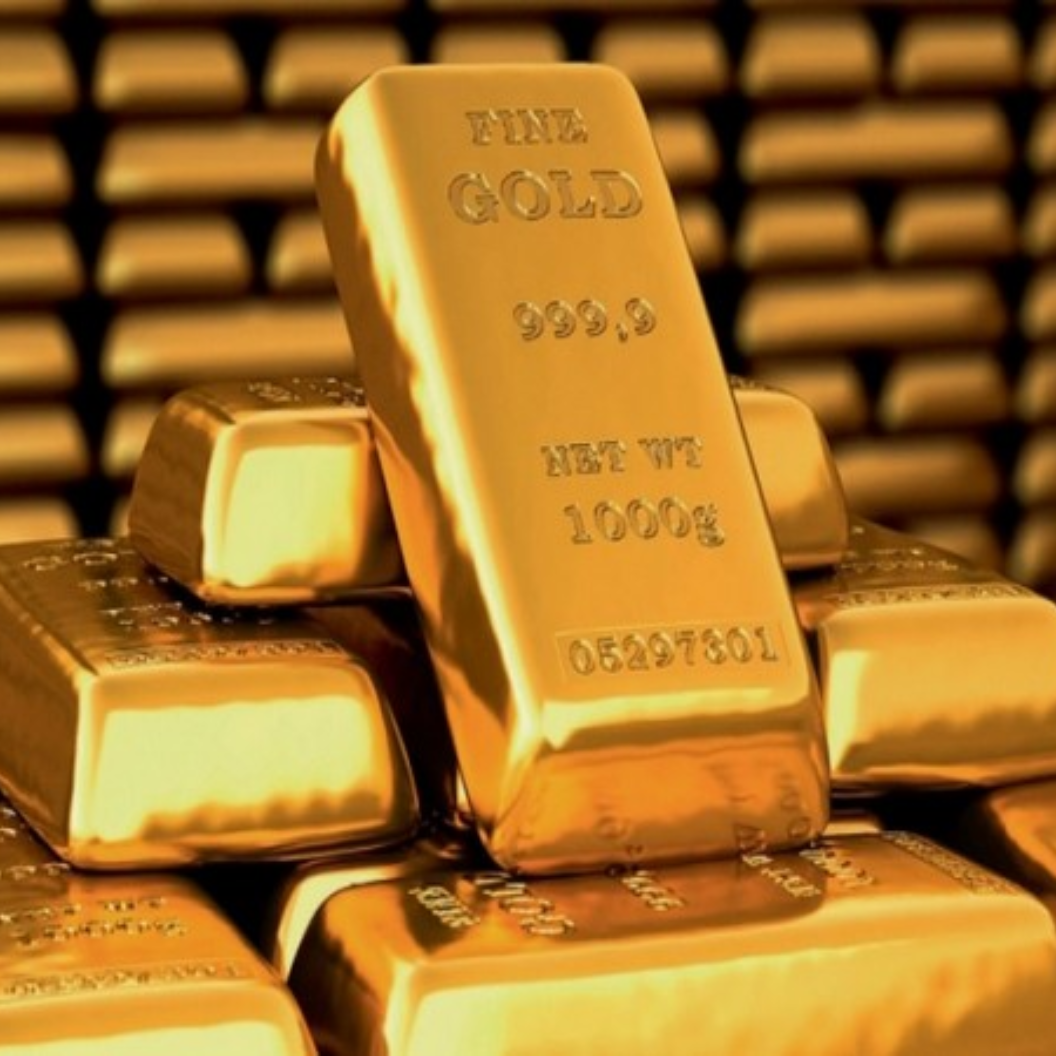Don't have an account?
Login to EaseMyDeal

2023-10-23
231
On October 23, 2023, gold and silver prices experienced a significant decline in the national capital, New Delhi. Gold dropped by Rs 250 to reach Rs 61,600 per 10 grams, while silver saw a similar fall, diving by Rs 250 to settle at Rs 75,000 per kilogram. These price movements were reported by HDFC Securities and were attributed to weak cues in global markets. In this article, we'll analyze the factors contributing to the decline in precious metal prices, their implications, and possible reasons for the weakness in global markets.
Market Overview: Precious metals, particularly gold and silver, have long been considered a safe haven for investors in times of economic uncertainty and market turbulence. However, their prices are subject to fluctuations due to a variety of factors. In this case, the decline in gold and silver prices in New Delhi can be attributed to the following factors:
1. Global Market Weakness: One of the primary factors behind the drop in gold and silver prices in New Delhi is the weakness in global markets. Precious metal prices often follow global trends, and any negative sentiment or events in the international markets can influence investor behavior. In times of global economic uncertainty or geopolitical instability, investors tend to flock to safe-haven assets like gold and silver, driving up their prices. Conversely, when global markets appear more stable, there is less demand for these metals, which can lead to price declines.
2. US Dollar Strength: The value of precious metals like gold and silver is closely tied to the strength of the US dollar. When the US dollar strengthens, the prices of these metals often decrease. This inverse relationship occurs because commodities like gold and silver become more expensive for investors in other currencies. If the US dollar strengthens, it can lead to a drop in demand for these precious metals, contributing to a decline in prices.
3. Supply and Demand: Another key factor affecting gold and silver prices is the balance between supply and demand. If there is an oversupply of these metals in the market or a decrease in demand, it can lead to lower prices. Conversely, any factors that disrupt the supply chain or increase demand, such as increased industrial usage for silver, can drive prices higher.
4. Investor Sentiment: Investor sentiment plays a crucial role in the fluctuations of precious metal prices. During periods of economic uncertainty or fear of inflation, investors often rush to buy gold and silver as a store of value. However, if investor sentiment shifts towards riskier assets or optimism about the economy, it can lead to a decrease in demand for precious metals.
Implications:
The decline in gold and silver prices in New Delhi has several implications for different stakeholders:
1. Investors: For those holding significant positions in gold and silver, the decline means a reduction in the value of their holdings. This could prompt some investors to reassess their portfolios and investment strategies.
2. Consumers: Lower gold and silver prices can be beneficial for consumers who are looking to make purchases like jewelry or silverware, as the cost of these items decreases.
3. Traders and Speculators: Traders and speculators in the precious metals market may see opportunities in price movements. They could take positions based on their expectations of future price trends, potentially benefiting from short-term volatility.
Possible Reasons for Global Market Weakness: To understand the weakness in the global markets and its impact on precious metal prices in New Delhi, it's essential to consider some possible reasons:
1. Geopolitical Tensions: Ongoing geopolitical tensions, trade disputes, or conflicts can create uncertainty in global markets, driving investors to seek safe-haven assets like gold and silver. However, if tensions ease or negotiations progress positively, it can reduce the appeal of these metals.
2. Monetary Policy: Central bank policies, including interest rate decisions and quantitative easing, can significantly influence the price of precious metals. A more hawkish stance by central banks can strengthen the local currency and decrease the attractiveness of gold and silver.
3. Economic Data: Economic indicators such as employment figures, GDP growth, and inflation rates can impact investor sentiment. Positive economic data may lead to optimism in the markets, reducing the appeal of precious metals.
4. Commodity Prices: The prices of other commodities, especially those with industrial uses, can affect investor sentiment. Silver, in particular, is used in various industrial applications. Any significant changes in demand for these applications can influence the silver market.
Conclusion: The decline in gold and silver prices in New Delhi, attributed to weak cues in global markets, is a reflection of the dynamic and interconnected nature of the precious metals market. Investors, consumers, and traders must monitor various factors, including global economic conditions, monetary policy, and investor sentiment, to understand and anticipate price movements.
For those in New Delhi and beyond, this price movement may present both challenges and opportunities. As the global economic landscape continues to evolve, the prices of gold and silver will remain subject to fluctuations. Investors and stakeholders should stay informed, diversify their portfolios, and consider their long-term financial goals when responding to market changes.

Write A Comment